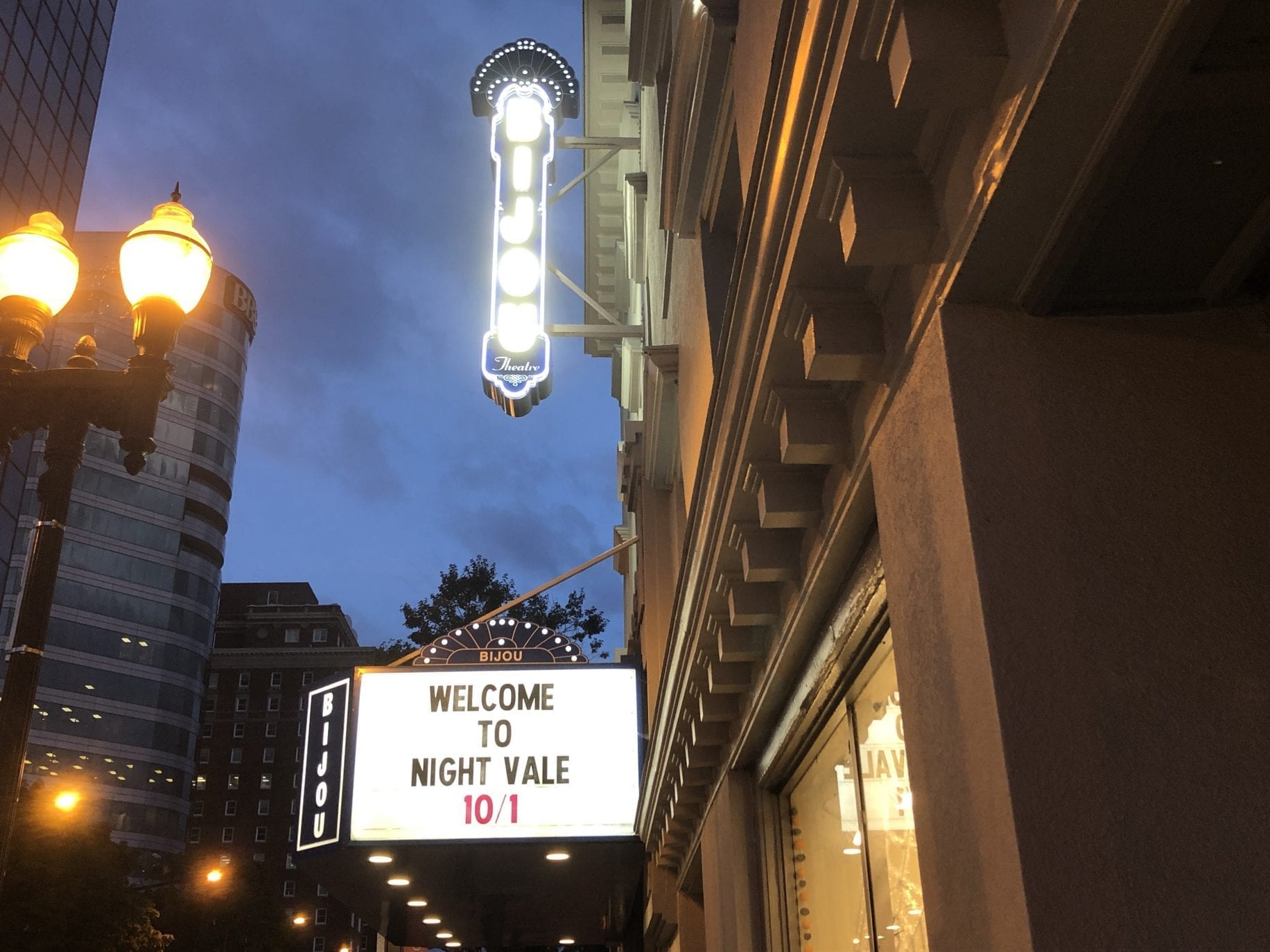

The case of the live prologue (see chapter 3) is a good example of how the film industry responded to consumers' heterogeneous tastes. A look at exhibition during the transition will demonstrate the impact of audiences' selectivity as a factor precipitating the changeover. "Why, with no previous indications of dissatisfaction, did audiences suddenly embrace the talkies, acting as if they had been dissatisfied with 'silent' cinema for a long time?" 1 Perhaps the shift to sound films seems mysterious because it has been assumed that producers were pressing their wares on a passive public resistant to change. "This is one of the great mysteries of this part of film history," Alan Williams has aptly observed. In retrospect, it seems as though filmgoers abandoned with few regrets a cherished form of entertainment, the silent cinema. Prologue is dead! On with The Show of Shows.įrom the film "prologue" to The Show of Shows, 1929įor exhibitors and for audiences, the coming of sound and the coming of hard times after 1930 caused permanent changes in the institution of moviegoing. | back to top - North of Downtown + East L.A.Exhibition: Talkies Change the Bijou The Demise of Prologue Presentations For more information see the page about the Wabash Theatre. The 887 seat house was running into the 50s but it's now a vacant lot. The photo looking down toward the theatre, the dark building in the distance in the upper left, was a find by Cinema Treasures contributor Tamitos.

This was a 1925 design by the firm of Starrett & Payne located just east of Evergreen Ave. For a bit more information head to the page on the Federal Theatre.ģ014 Wabash Ave. It's in the 19 city directories and its proprietor, a Mr. This theatre on the north side of the street between Avenue 22 and Avenue 24 was evidently around for only a couple of years. For more information see the page about the Family Theatre. The building the theatre was in has been demolished. At the time the Family was running the street was called Stephenson Ave. The location was across the street from the site of the Jewel Theatre, opening a few years later. This theatre, running c.1913-1916, was a half block east of the city limits at Indiana St. For more information see the page about the Elysian Theatre. Los Angeles Theatre Academy, a training group for children, now is in the building. It survived demolition threats for a freeway route and since the mid 60s it's been a legit venue known as the Colony, the Knightsbridge and, now, back to a name it had in the 60s, the Studio Theatre Playhouse. As the Elysian and the New Elysian it ran until the early 1950s. This 525 seater opened as the Riverside Theatre around 1927. For more information see the page about the Bijou Theatre. It was running from around 1915 until about 1923. The location was across the street from the Unique Theatre. The theatre's original address before the street numbering around 19 E. For more information and speculations see the page about Bell's Theatre. When the theatre was supposedly operating in 1914 the street it was on was called Stephenson Ave. That may not actually have been the name for the theatre. For more information see the page on the York/Bob Baker Marionette Theatre. This 50s glimpse of the York's roof sign is from the Sean AultĬollection. The 700 seat theatre went on the market in 2018 and, withĪ new owner, was leased in 2019 to the Bob Baker Marionette Theatre. After closing in the 50s it was aīarber shop, an organ building shop, and then had a long run as a


 0 kommentar(er)
0 kommentar(er)
